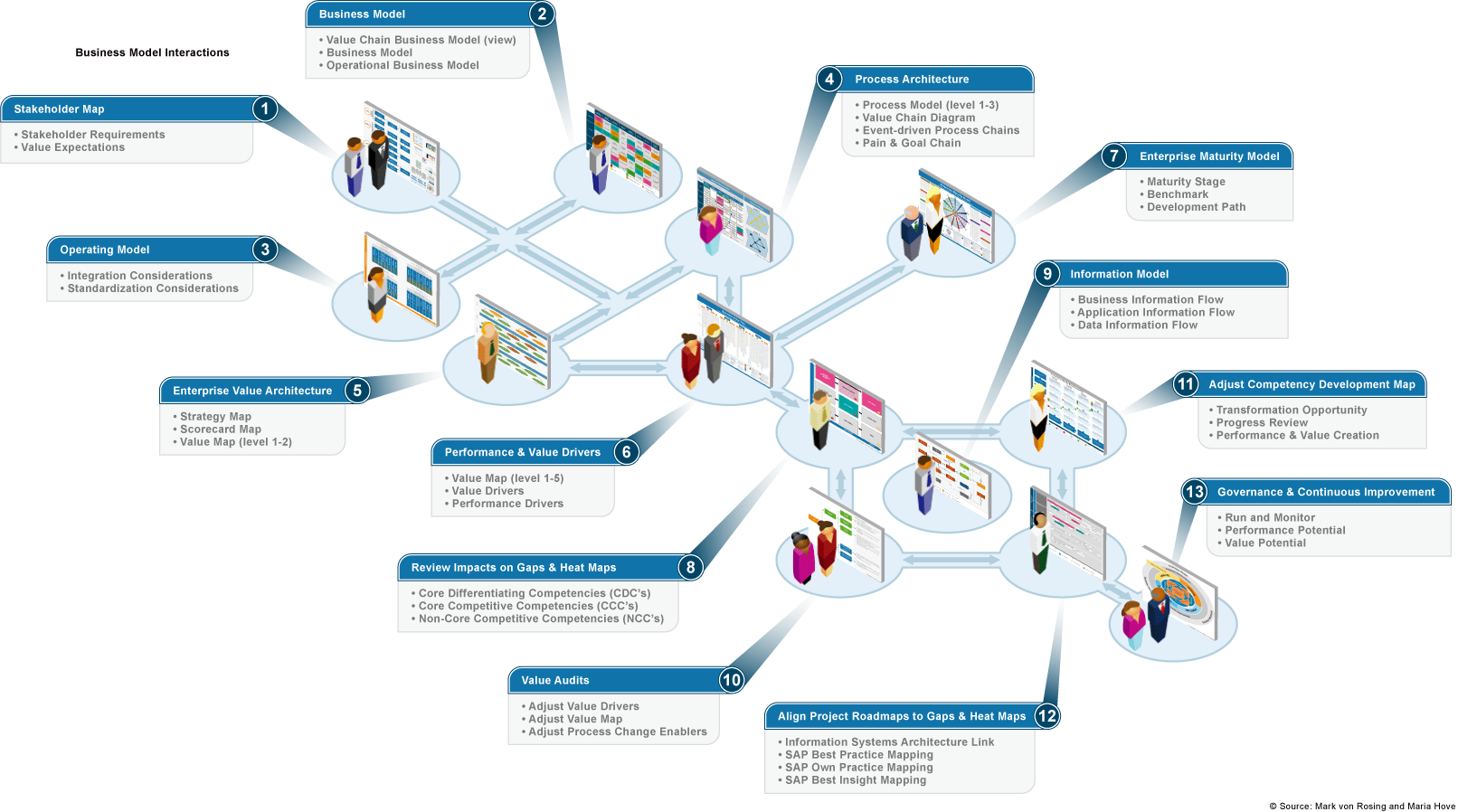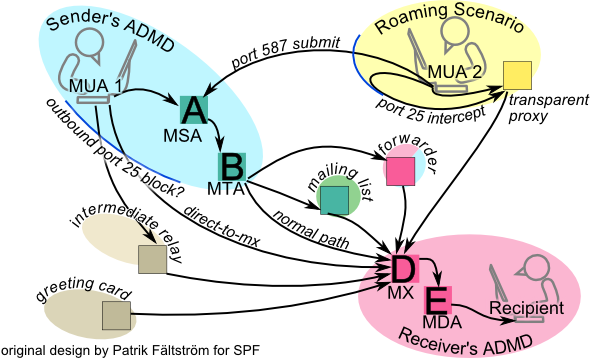eCOMMERCE and mCOMMERCE
A step-by-step roadmap that describes the synergy and context between Business and IT.
Retrieved April 7, 2015
from https://commons.wikimedia.org/wiki/File:Full_Approach.png
According to Katherine Arline (2015) eCommerce started in the 1960s, grew popular during the 1990s, and represents the world of business and sales that take place over an "electronic channel." Building on eCommerce is mCommerce or "mobile" commerce, which might be considered a sub-field of eCommerce in which people are able to purchase items using mobile devices.
Arline outlines four types of commerce:
- B2B (Business to Business) — This involves companies doing business with each other. One example is manufacturers selling to distributors and wholesalers selling to retailers.
- B2C (Business to Consumer) — B2C consists of businesses selling to the general public through shopping cart software, without needing any human interaction. This is what most people think of when they hear "e-commerce." An example of this would be Amazon.
- C2B (Consumer to Business) — In C2B e-commerce, consumers post a project with a set budget online, and companies bid on the project. The consumer reviews the bids and selects the company. Elance is an example of this.
- C2C (Consumer to Consumer) — This takes place within online classified ads, forums or marketplaces where individuals can buy and sell their goods. Examples of this include Craigslist, eBay and Etsy.
Reference
Arline, K. (2015). "What is eCommerce." Business Daily. Retrieved April 10, 2015 from http://www.businessnewsdaily.com/4872-what-is-e-commerce.html.




